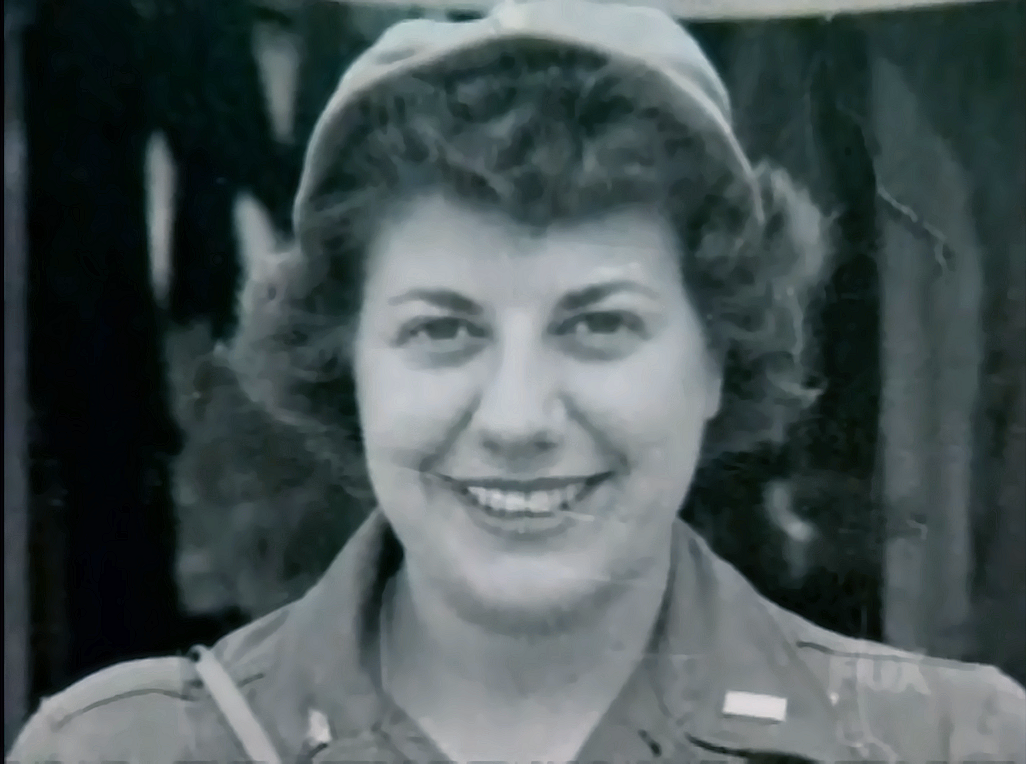
Perhaps the most basic problem facing physicians during wartime historically has been whether (and how) to transport the wounded to care or transport the caregivers to the wounded. The major areas of emphasis are medical evacuation and organization wounds and wound management surgical technique and technology, with a particular focus on amputation infection and antibiotics and blood transfusion. Our purpose is to review the evolution of military trauma care during the past two and a half centuries in major conflicts in the West. Improvements in weapons technology forced surgeons to rethink their interventions in their effort to tip the odds of survival in favor of their patient. The history of military trauma care must be understood in terms of the wounding power of weapons causing the injury and how the surgeon understood the healing process. During the past 250 years, and particularly during the 20th century, developments in military trauma care for musculoskeletal injuries have greatly influenced civilian emergency medicine. The need for surgical care of survivors of accidents or animal attacks is part of the story of civilization, as is the story of medical care of those wounded in that other peculiarly human endeavor, warfare. We also discuss how the lessons of history are reflected in contemporary US practices in Iraq and Afghanistan. We review the most important trends in US and Western military trauma management over two centuries, including the shift from primary to delayed closure in wound management, refinement of amputation techniques, advances in evacuation philosophy and technology, the development of antiseptic practices, and the use of antibiotics.

Since the 19th century, mortality from war wounds steadily decreased as surgeons on all sides of conflicts developed systems for rapidly moving the wounded from the battlefield to frontline hospitals where surgical care is delivered. Throughout most of the history of warfare, more soldiers died from disease than combat wounds, and misconceptions regarding the best timing and mode of treatment for injuries often resulted in more harm than good. “We were close in Korea but once we went home, we all kind of went our own ways … we had some good times, good memories,” she said.The treatment of war wounds is an ancient art, constantly refined to reflect improvements in weapons technology, transportation, antiseptic practices, and surgical techniques.

Faso retired at age 75 but never regretted saying “yes” to an Army recruiter many years ago. She moved back to Wheeling where she began teaching at Wheeling Jesuit University, a job she loved almost as much as nursing. She earned a master’s degree in nursing from the Medical College of Georgia and her PhD from the University of Texas. Later divorced, Faso continued her nursing career, and her medical surgical training along the way.
Nurses in a mash unit today tv#
She said Rosie’s Bar & Grill, shown in the TV show, was an actual place and a popular watering hole for the military.Īfter 18 months in Korea, Faso married and had a daughter, Aimee. It wasn’t real exciting, a lot of basic training stuff.” “We liked to go into Seoul whenever we could. “The worst part was officers were not allowed to drive, so I had to have someone take me wherever I needed to go,” she said. In her leadership role, she directed the care of patients while corpsmen did the hands-on treatment.

Nurses in a mash unit today how to#
She said they experienced the seasons much like those in West Virginia, so she knew how to cope with cold winters and hot summers. Almost 40,000 Americans died in action in Korea, and more than 100,000 were wounded.įaso said conditions in Korea were not as brutal as depicted in the famed “MASH” TV show. This rate of civilian casualties was higher than World War II’s and Vietnam’s.

More than half of these – about 10 percent of Korea’s prewar population – were civilians. According to the History Channel, the Korean War was relatively short but exceptionally bloody. The war between North and South Korea began in June 1950. “They took care of a lot Koreans,” she said. However, the barely-out-of-medical school surgeons would “practice” their trade more indepth on injured Koreans, Faso said. She said the MASH units provided medical care to prepare the wounded American GIs for transport home. “We practiced a lot in case we had to take down the unit, but it didn’t happen very often.”įaso achieved the rank of captain and was the head nurse of the MASH 4077, where young surgeons were getting their feet wet. “I went over to Korea … it was the 1960s and most of my friends were going to Vietnam,” Faso said.


 0 kommentar(er)
0 kommentar(er)
